Home>Articles>Why Is My Carbon Monoxide Detector Chirping After I Changed The Battery?
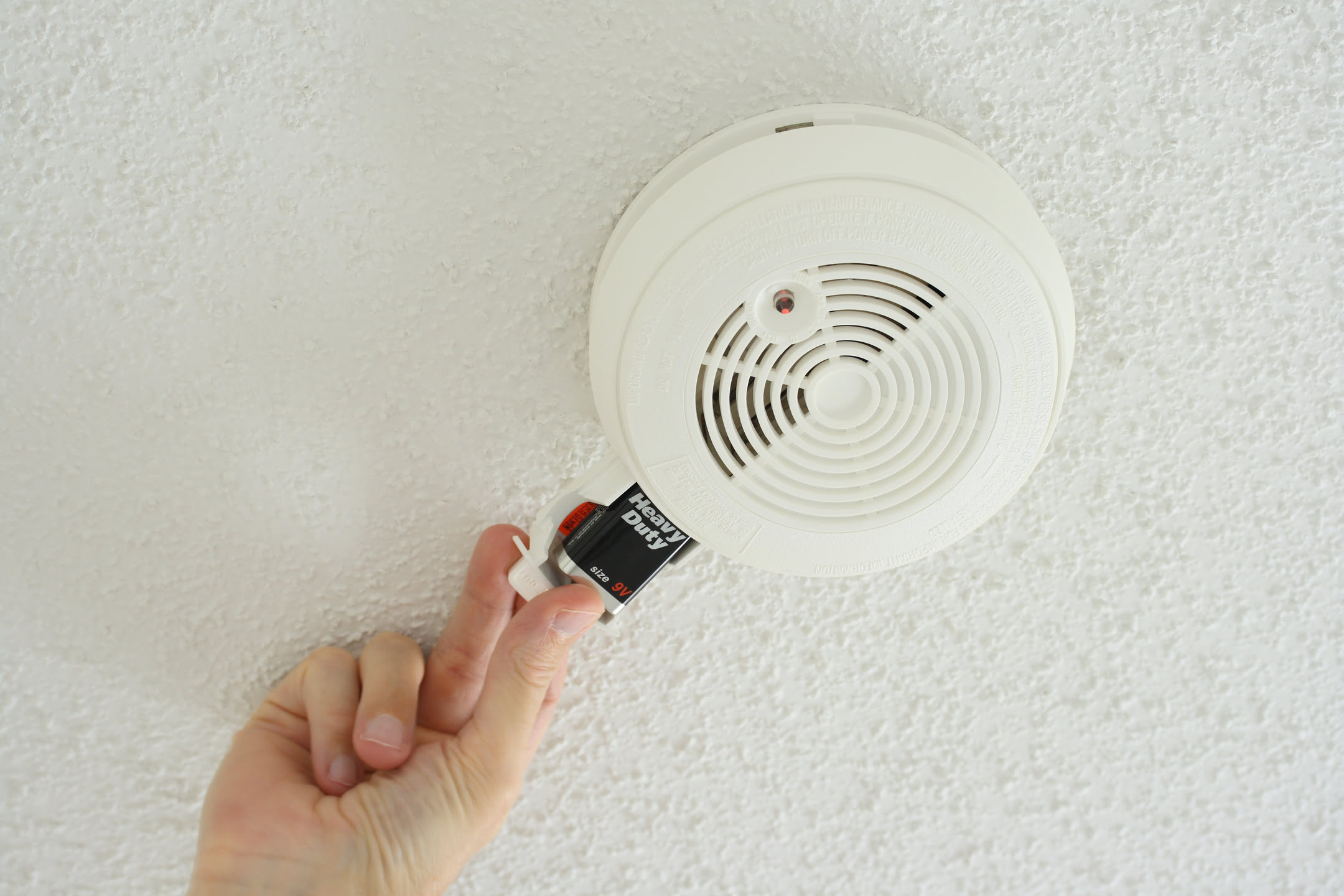

Articles
Why Is My Carbon Monoxide Detector Chirping After I Changed The Battery?
Modified: January 5, 2024
Discover why your carbon monoxide detector is chirping even after changing the battery. Read our informative articles for troubleshooting tips and solutions.
(Many of the links in this article redirect to a specific reviewed product. Your purchase of these products through affiliate links helps to generate commission for Storables.com, at no extra cost. Learn more)
Introduction
A carbon monoxide (CO) detector is a crucial device for every household as it helps protect you and your loved ones from the dangers of this odorless, colorless, and potentially deadly gas. However, it can be frustrating when your carbon monoxide detector starts chirping after you’ve changed the battery. Understanding why this happens and how to stop the chirping sound is essential for maintaining a safe living environment.
Carbon monoxide detectors function by continuously monitoring the levels of CO gas in the air. They are designed to emit an audible alarm when dangerous levels of carbon monoxide are detected, alerting you to the presence of this harmful gas in your home. There are different types of carbon monoxide detectors, including battery-powered, plug-in, and hardwired models.
So, why does your carbon monoxide detector chirp even after you’ve replaced the battery? One common reason is a low battery. Carbon monoxide detectors are typically equipped with a feature that alerts you when the battery is running low by emitting a chirping sound as a warning. This is a vital safety feature and should not be ignored.
Another possible cause of the chirping sound is a faulty sensor. Over time, the sensor in a carbon monoxide detector may become less accurate or malfunction altogether. In such cases, the detector may start chirping to indicate a sensor issue.
In some instances, the chirping sound may indicate that the carbon monoxide detector has reached the end of its life span. Carbon monoxide detectors have a limited lifespan, generally around 5-7 years. Once they reach the end of their life, they may start chirping as a signal that they need to be replaced.
Aside from these common causes, there could be other factors contributing to the chirping sound. It’s possible that there is a problem with the electrical connection or an issue with the CO detector’s internal circuitry. If you’ve ruled out the low battery and sensor issues, it may be worth contacting the manufacturer or a professional to investigate further.
In the next sections, we will explore the steps you can take to stop the chirping sound and prevent it from occurring in the future. By following these guidelines, you can ensure that your carbon monoxide detector operates effectively and provides continuous protection for you and your family.
Key Takeaways:
- Regularly replace carbon monoxide detector batteries to prevent chirping and ensure continuous protection for your family. Follow manufacturer’s guidelines for proper installation and maintenance to keep your home safe from CO gas.
- Understand why carbon monoxide detectors chirp and take immediate action to address the issue. Test, clean, and replace detectors as needed to maintain a secure living environment and protect your loved ones from potential dangers.
Understanding Carbon Monoxide Detectors
Carbon monoxide detectors are essential devices in any home, as they play a crucial role in detecting and alerting occupants to the presence of carbon monoxide gas. Understanding how these detectors function, their importance, and the common types available can help you make informed decisions about protecting your household from this silent killer.
Function:
Carbon monoxide detectors work by continuously monitoring the air in your home for the presence of carbon monoxide gas. They contain sensors that are designed to detect even small amounts of CO gas, which is crucial because this gas is odorless, colorless, and tasteless, making it virtually undetectable to humans without the aid of a detector. When a carbon monoxide detector detects elevated levels of CO gas, it emits an audible alarm to alert occupants of the potential danger.
Importance:
The importance of carbon monoxide detectors cannot be overstated, as exposure to high levels of carbon monoxide can have severe health consequences, including headaches, dizziness, nausea, and even death. Carbon monoxide is produced by the incomplete combustion of fossil fuels, such as gas, oil, coal, and wood. Without a detector, occupants may not be aware of a carbon monoxide leak until it’s too late. By having carbon monoxide detectors installed in your home, you provide an early warning system that can save lives.
Common types:
There are several common types of carbon monoxide detectors available on the market, each with its own set of features and installation requirements. Here are three main types:
- Battery-powered detectors: These detectors are powered by batteries and are often the easiest to install. They are portable and can be placed in various locations of your home. Battery-powered detectors are ideal for homes without hardwired systems or for areas where a plug-in option is not available.
- Plug-in detectors: These detectors are designed to be plugged into a standard electrical outlet. They usually have a backup battery to ensure they continue functioning even during a power outage. Plug-in detectors are convenient and do not require constant battery replacements.
- Hardwired detectors: These detectors are directly connected to the electrical system of your home. They are typically installed by a professional electrician and may provide additional features, such as interconnected alarms that sound throughout the house when one detector is triggered. Hardwired detectors offer a constant power source and eliminate the need for battery replacements.
By understanding the function, importance, and common types of carbon monoxide detectors, you can make an informed decision about which type is most suitable for your home. Installing and maintaining these detectors will provide you with peace of mind, knowing that you and your loved ones are protected from the dangers of carbon monoxide gas.
Why Carbon Monoxide Detectors Chirp
Carbon monoxide detectors are designed to keep you safe by alerting you to the presence of harmful carbon monoxide gas. However, it can be frustrating when your carbon monoxide detector starts chirping, especially after you’ve recently changed the battery. There are several reasons why carbon monoxide detectors chirp, and understanding these causes can help you address the issue effectively.
Low battery:
One of the most common reasons for a carbon monoxide detector to chirp is a low battery. Many detectors are equipped with a feature that emits a chirping sound to signal a low battery. This is an important safety feature that ensures the detector continues to function even if the battery power is running low. If your carbon monoxide detector starts chirping, the first step is to check if the battery needs to be replaced.
Faulty sensor:
Another reason why carbon monoxide detectors may chirp is due to a faulty sensor. Over time, the sensor in a carbon monoxide detector may become less accurate or malfunction altogether. When the sensor is not functioning properly, the detector may emit chirping sounds as a warning. If you’ve replaced the battery and the chirping persists, it’s possible that the sensor needs to be repaired or replaced.
End of life:
Carbon monoxide detectors have a limited lifespan, typically around 5 to 7 years. After this time, the detectors may start chirping to indicate that they have reached the end of their life and need to be replaced. It’s important to regularly check the expiration date of your carbon monoxide detectors and replace them accordingly to ensure they continue to function properly and provide accurate readings.
Other possible causes:
In some cases, carbon monoxide detectors may chirp for reasons other than low battery, faulty sensors, or end of life. Here are some additional possible causes:
- Intermittent power supply: Fluctuations in power supply or electrical issues may cause the detector to chirp. Check the electrical connections and ensure they are secure.
- Environmental factors: Extreme temperatures or high humidity levels can affect the functioning of carbon monoxide detectors. Make sure the detector is placed in a suitable location away from direct sunlight, drafts, or moisture.
- Contaminants or dirt: Dust, debris, or other contaminants can obstruct the sensor in a carbon monoxide detector, causing false alarms or chirping. Regularly clean the detector according to the manufacturer’s instructions.
- Installation issues: Improper installation or incorrect positioning of the detector can lead to false alarms or chirping. Follow the manufacturer’s guidelines for installation and ensure proper placement at recommended heights and locations.
Identifying the specific cause of the chirping sound in your carbon monoxide detector is key to effectively addressing the issue. By troubleshooting and addressing the underlying cause, you can restore the proper functioning of the detector and ensure the safety of your home and loved ones.
If your carbon monoxide detector is chirping after you changed the battery, it could be a sign of a malfunction. Try resetting the detector and if the chirping continues, it may be time to replace the unit.
Steps to Stop the Chirping Sound
When your carbon monoxide detector starts chirping, it’s important to take immediate action to address the issue. Here are some steps you can take to stop the chirping sound and ensure the proper functioning of your detector:
1. Rule out low battery:
The first and simplest step is to check the battery in your carbon monoxide detector. Even if you have recently replaced the battery, it’s possible that it was not inserted correctly or that the new battery itself is faulty. Remove the battery and reinsert it, ensuring proper placement and good connections. If the chirping persists, try replacing the battery with a new one from a reputable brand.
2. Check for sensor issues:
If the chirping continues after replacing the battery, it’s important to check for sensor issues. Inspect the sensor area for any visible signs of damage, dirt, or blockages. Gently clean the sensor with a soft brush or cloth, being careful not to damage it. If the sensor appears to be damaged or you suspect it is malfunctioning, it may be necessary to contact the manufacturer for further assistance or consider replacing the detector.
3. Replace the detector if necessary:
If the chirping persists despite checking the battery and sensor, it may indicate that the carbon monoxide detector has reached the end of its life and needs to be replaced. Check the expiration date or the recommended lifespan of your detector. If it is past the expiration date or nearing the end of its lifespan, it’s crucial to replace it promptly to ensure continued safety in your home. Purchase a new carbon monoxide detector from a reputable brand and follow the installation instructions carefully.
4. Additional troubleshooting tips:
If you’ve ruled out low battery, sensor issues, and the need for replacement, here are some additional troubleshooting tips:
- Reset the detector: Some carbon monoxide detectors have a reset button or a reset process. Refer to the user manual or contact the manufacturer to learn how to properly reset your detector.
- Test the detector: Perform a test of the carbon monoxide detector to ensure it is functioning correctly. Follow the manufacturer’s instructions on how to test the device, which commonly involves pressing and holding the test button until the alarm sounds.
- Check the surroundings: Ensure that the carbon monoxide detector is installed in a suitable location, away from sources of heat or cold drafts. Keep it clear of any obstructions that may affect its performance. Also, make sure there are no nearby appliances or devices that could interfere with the detector’s operation.
- Inspect the electrical connections: If you have a hardwired detector, check the electrical connections and make sure they are secure. Loose connections or electrical issues may cause the detector to malfunction or chirp.
By following these steps and troubleshooting tips, you can effectively stop the chirping sound in your carbon monoxide detector. Remember that the safety of you and your loved ones should always be the top priority, and any unresolved issues or concerns with the detector should be addressed promptly.
Preventing Carbon Monoxide Detector Chirping
To prevent the occurrence of chirping sounds in your carbon monoxide detector and ensure its reliable operation, it is crucial to follow certain preventive measures. By implementing these practices, you can maintain the effectiveness of your detector and keep your home safe from the dangers of carbon monoxide gas.
1. Regular battery replacement:
One of the most important preventive measures is to regularly replace the batteries in your carbon monoxide detector. Check the manufacturer’s recommendations for battery replacement intervals and adhere to them strictly. It is generally advised to replace the battery at least once a year, or as per the manufacturer’s instructions. By keeping the battery fresh, you can minimize the chances of low battery warnings and chirping sounds.
2. Proper installation:
Ensure that your carbon monoxide detector is installed correctly to maximize its effectiveness. Follow the manufacturer’s guidelines for placement and positioning. Typically, the detector should be installed on each level of your home, including outside bedrooms and sleeping areas. Mount the detector high on the wall or on the ceiling, as carbon monoxide is lighter than air and tends to rise. Avoid installing the detector near fuel-burning appliances or sources of humidity.
3. Regular maintenance:
Regular maintenance of your carbon monoxide detector is essential to keep it in optimal condition. Here are some maintenance practices to follow:
- Testing: Test your carbon monoxide detector at least once a month by pressing the test button. This ensures that the sensor, alarm, and battery are functioning properly. If the detector does not sound the alarm during the test, replace the battery or the device itself.
- Cleaning: Clean the detector regularly to remove dust, dirt, or other contaminants that may interfere with its proper functioning. Use a soft cloth or brush to gently wipe the detector’s exterior. Additionally, refer to the manufacturer’s instructions for any specific cleaning recommendations.
- Check for expiration: Carbon monoxide detectors have a limited lifespan. Check the expiration date or recommended replacement period provided by the manufacturer. If your detector has reached its expiration date, replace it promptly with a new one to ensure continued safety.
- Stay aware: Be mindful of any symptoms or signs of carbon monoxide in your home, such as headaches, dizziness, nausea, or a yellow or unusually sooty flame on gas appliances. If you experience any of these symptoms or suspect a carbon monoxide leak, evacuate your home immediately and seek professional assistance.
By implementing these preventive measures, you can significantly reduce the chances of your carbon monoxide detector chirping and ensure its consistent and reliable operation. Keeping your detector in good condition is essential to maintaining a safe living environment for you and your loved ones.
Conclusion
Carbon monoxide detectors play a critical role in protecting your home and loved ones from the dangers of this silent and deadly gas. It is essential to understand why carbon monoxide detectors chirp and how to address the issue effectively.
In this article, we discussed the common causes of carbon monoxide detector chirping, including low battery, faulty sensor, and end of life. We also explored the steps you can take to stop the chirping sound, such as ruling out low battery, checking for sensor issues, and replacing the detector if necessary. Additionally, we provided preventive measures to help prevent carbon monoxide detector chirping, such as regular battery replacement, proper installation, and regular maintenance.
By following these guidelines and staying vigilant, you can ensure that your carbon monoxide detector operates effectively and provides continuous protection for you and your family. Remember to regularly test your detector, clean it as needed, and replace it according to the manufacturer’s recommendations. Also, be alert to any signs of carbon monoxide in your home and take immediate action if you suspect a leak.
Your safety is paramount, and carbon monoxide detectors are an important tool in maintaining a secure living environment. Stay proactive, educate yourself and your family members about the dangers of carbon monoxide, and make sure to have working detectors on every level of your home.
By taking these necessary precautions, you can have peace of mind, knowing that you have reduced the risks associated with carbon monoxide and are providing a safe haven for your household.
Frequently Asked Questions about Why Is My Carbon Monoxide Detector Chirping After I Changed The Battery?
Was this page helpful?
At Storables.com, we guarantee accurate and reliable information. Our content, validated by Expert Board Contributors, is crafted following stringent Editorial Policies. We're committed to providing you with well-researched, expert-backed insights for all your informational needs.
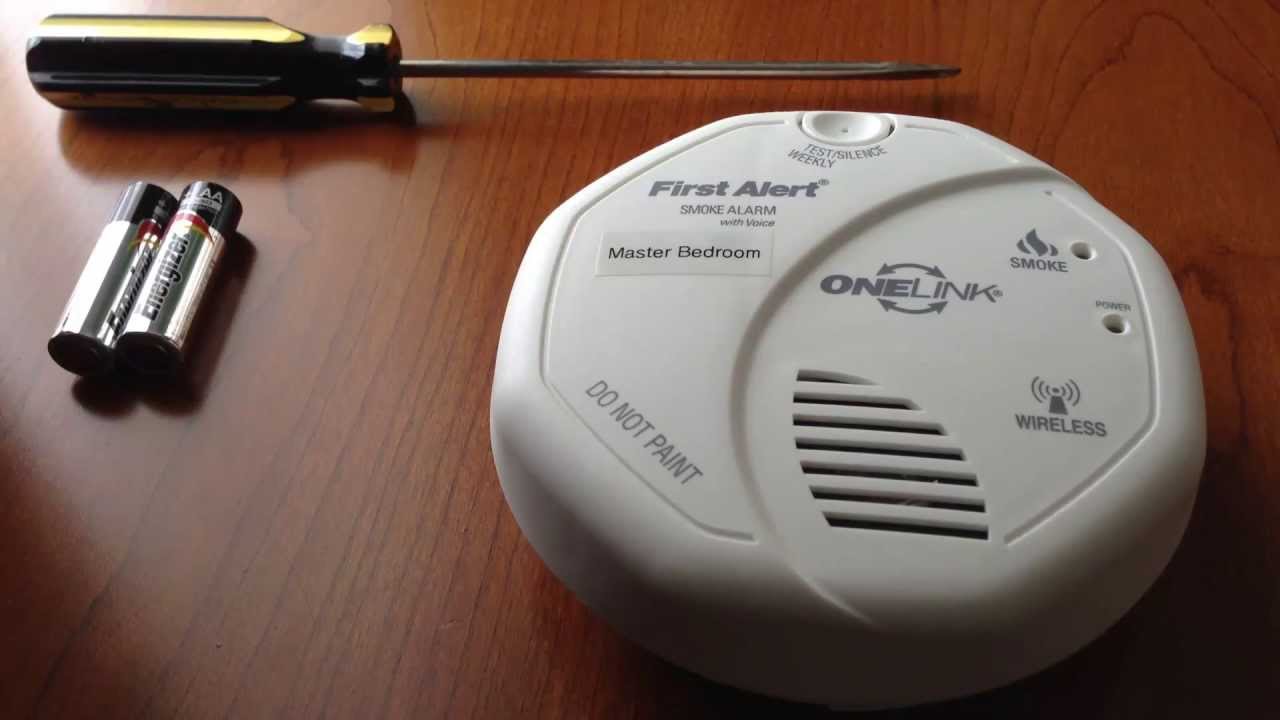
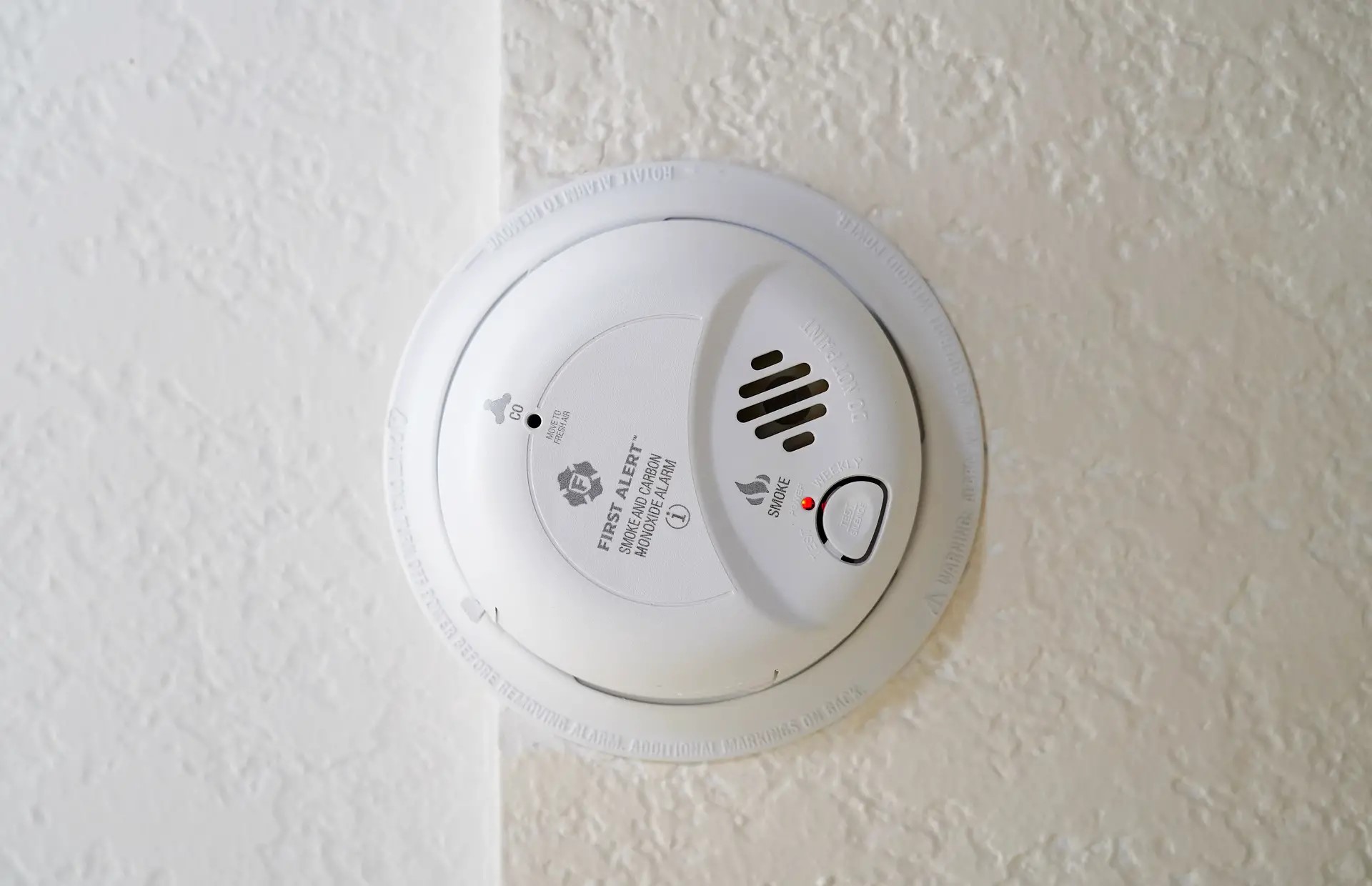
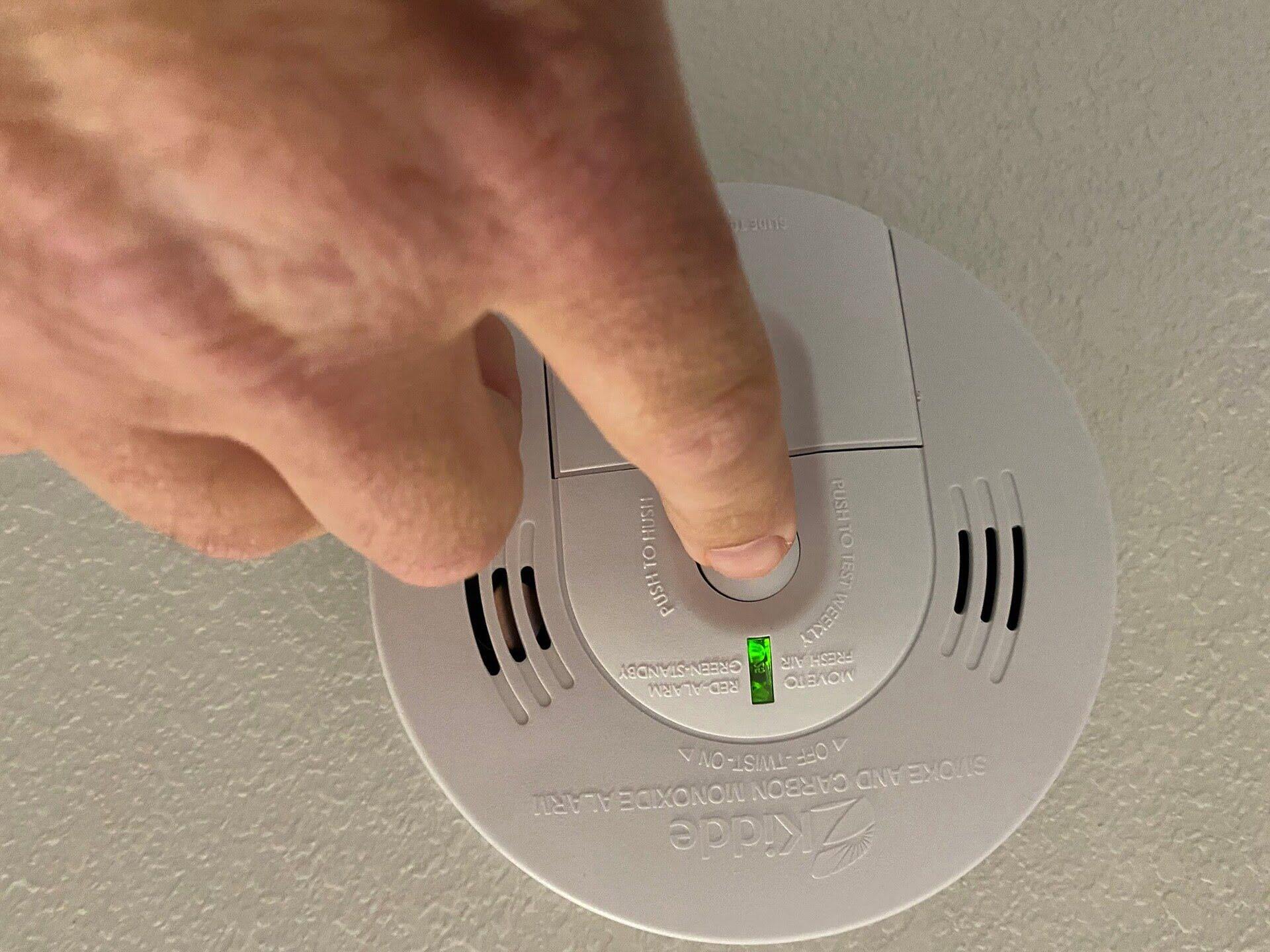
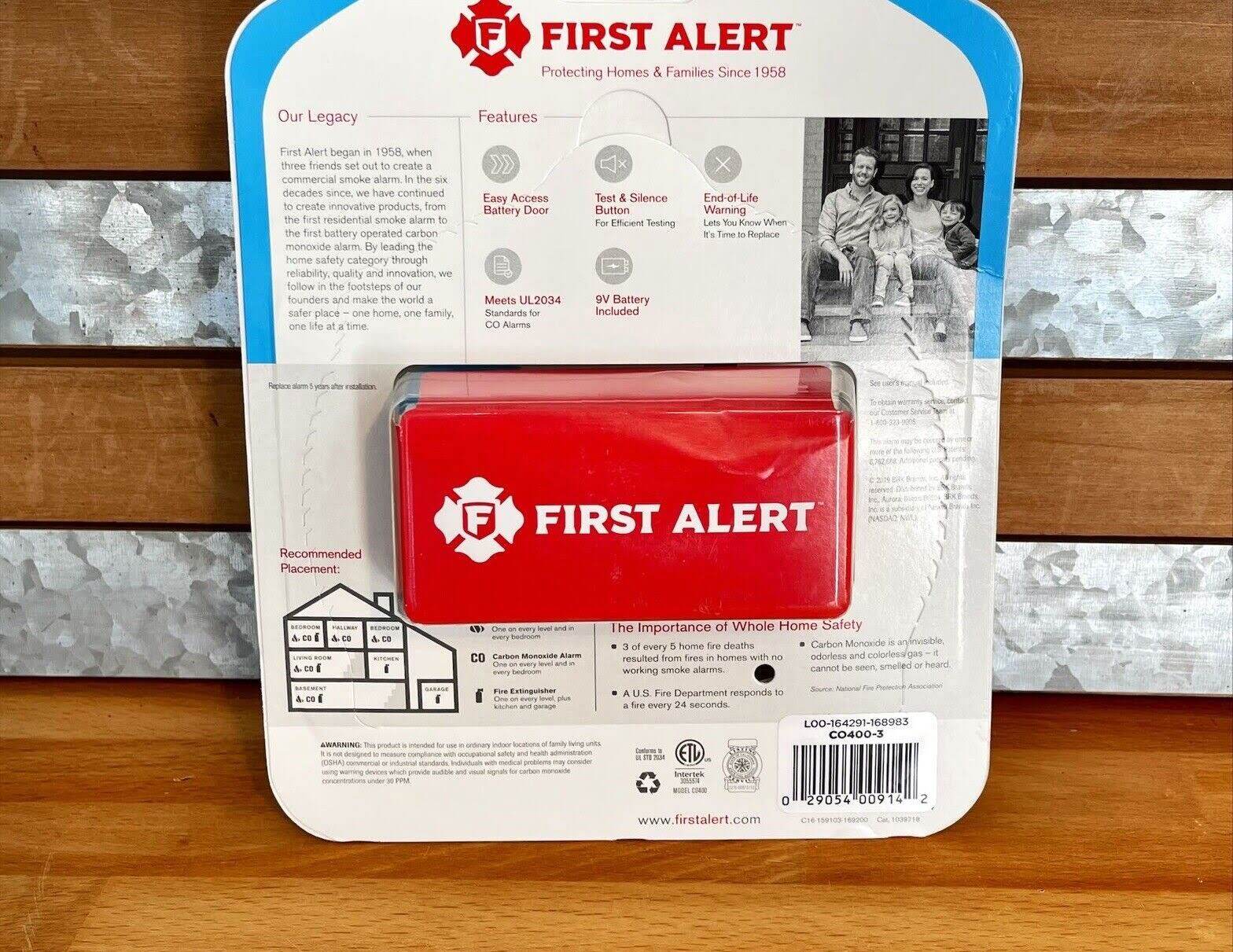
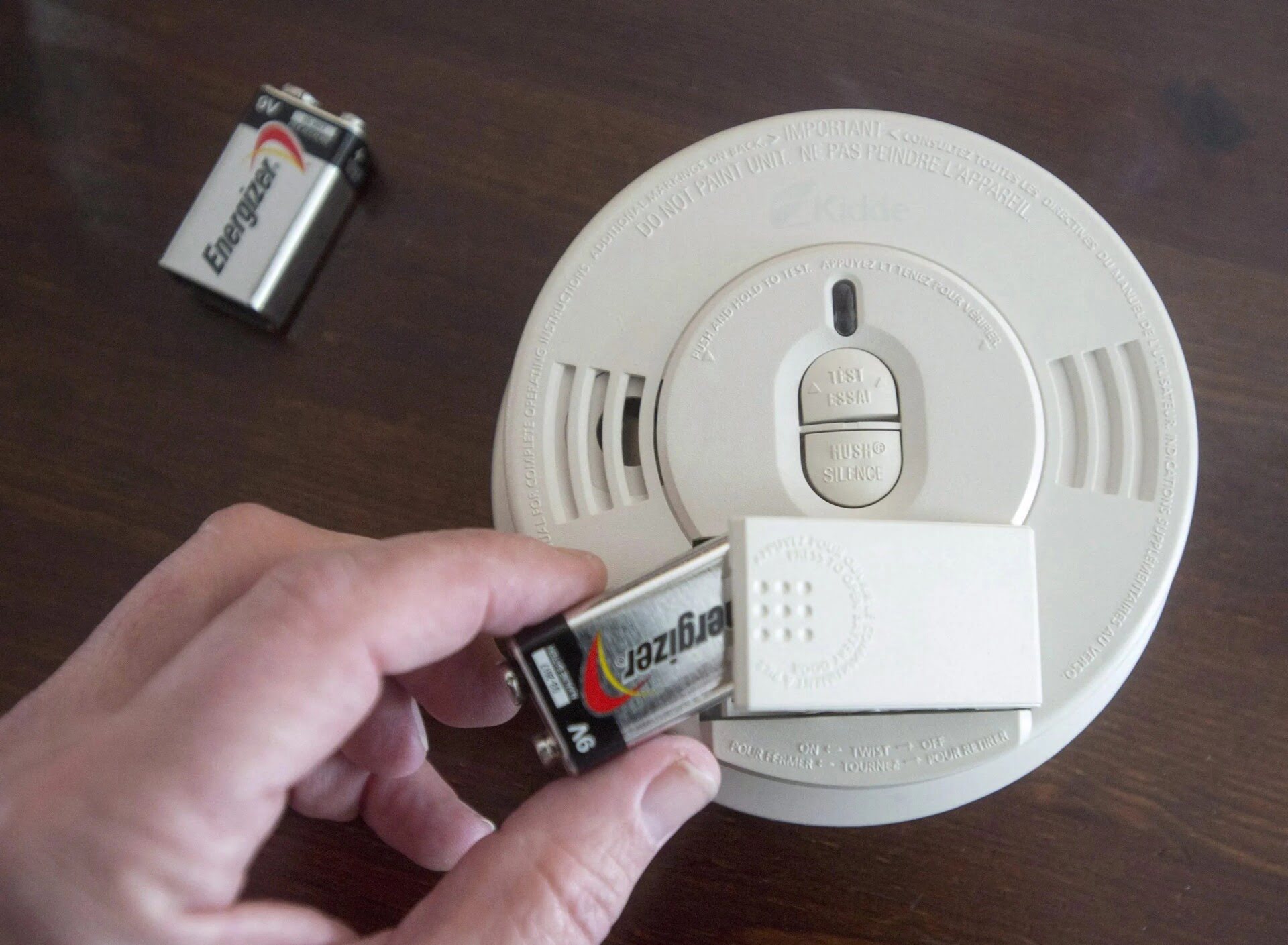
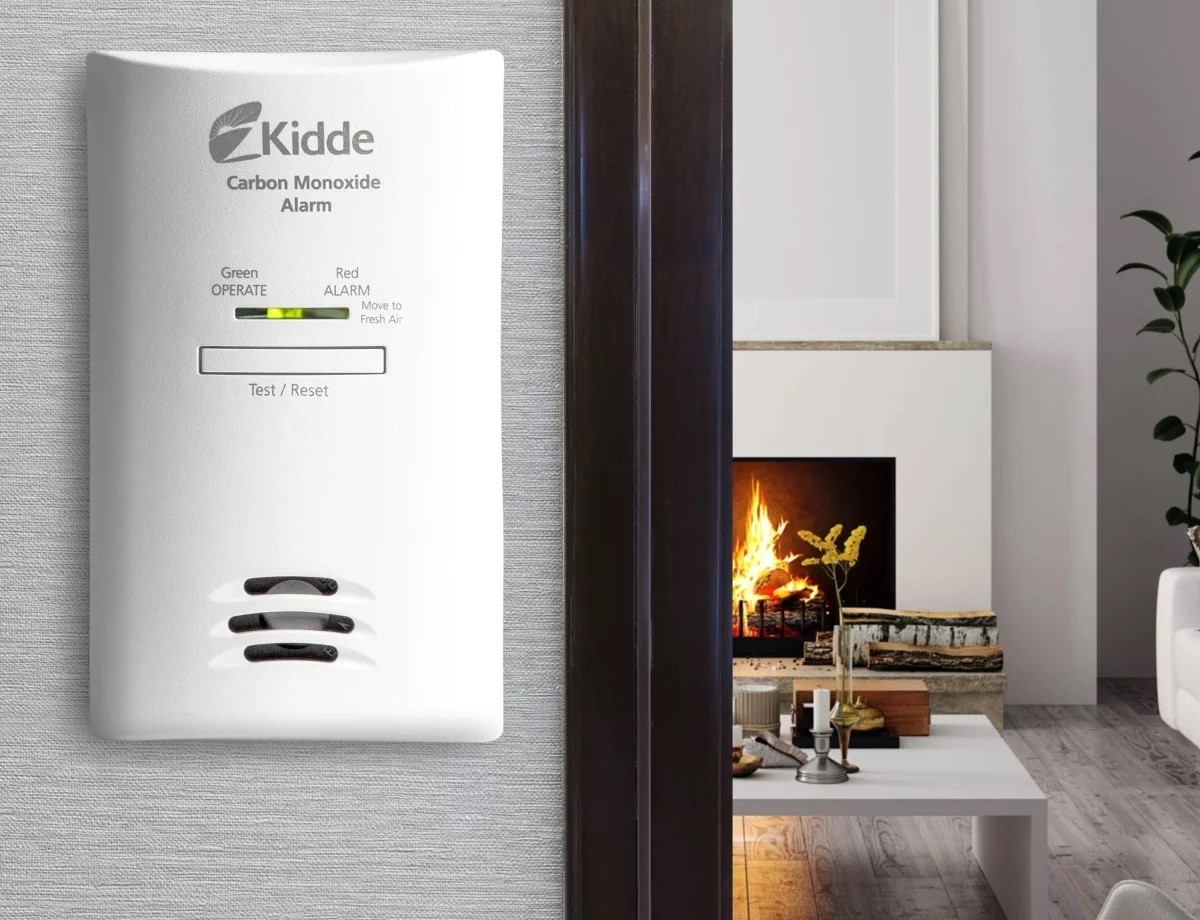
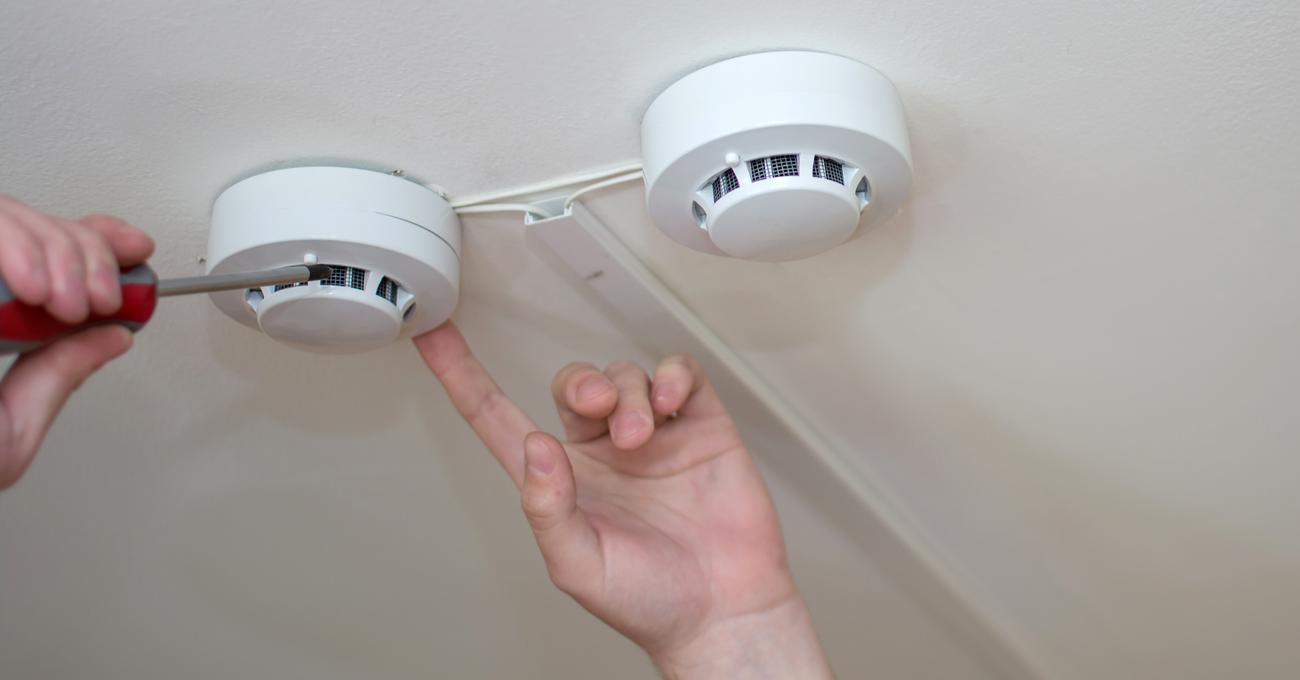
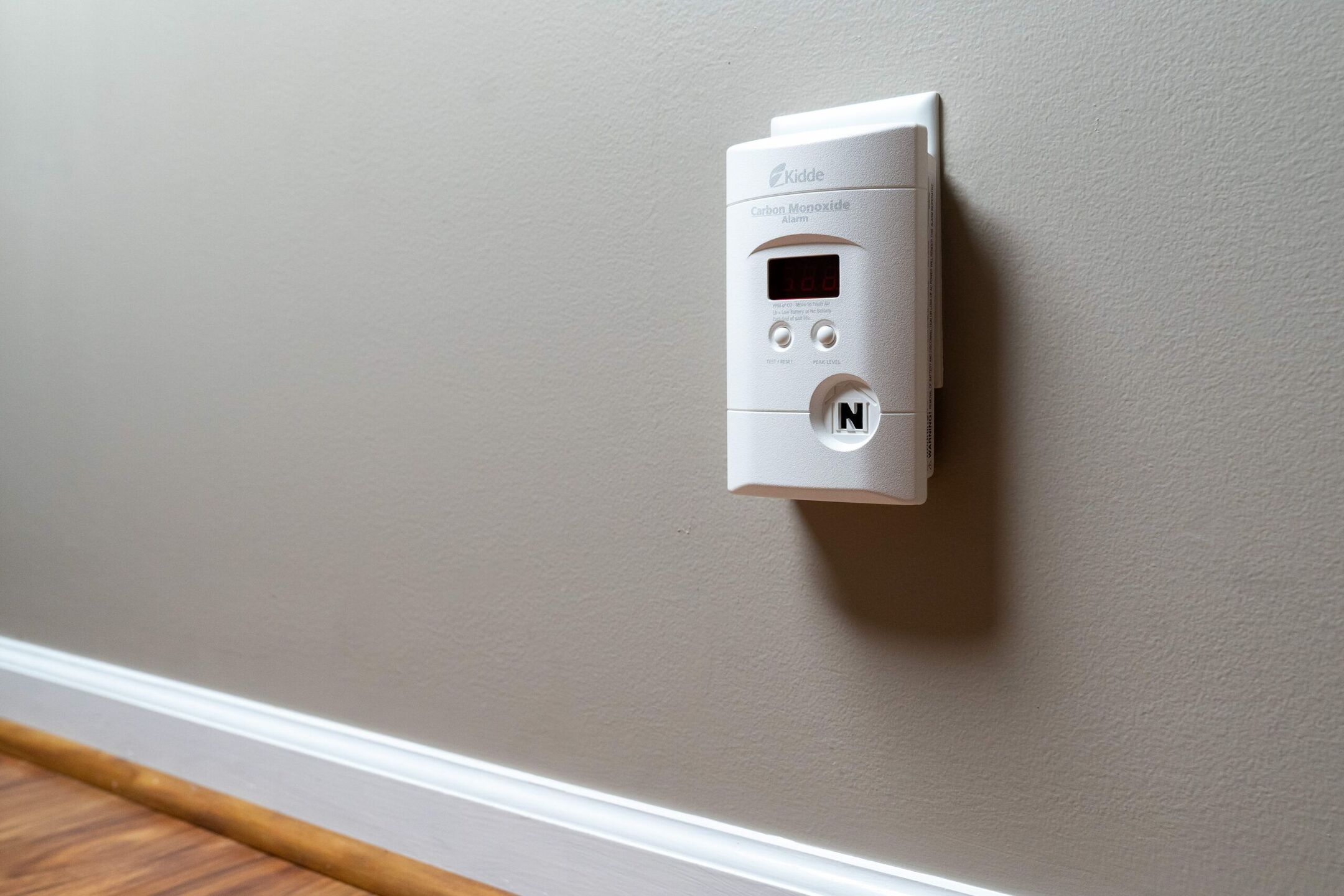
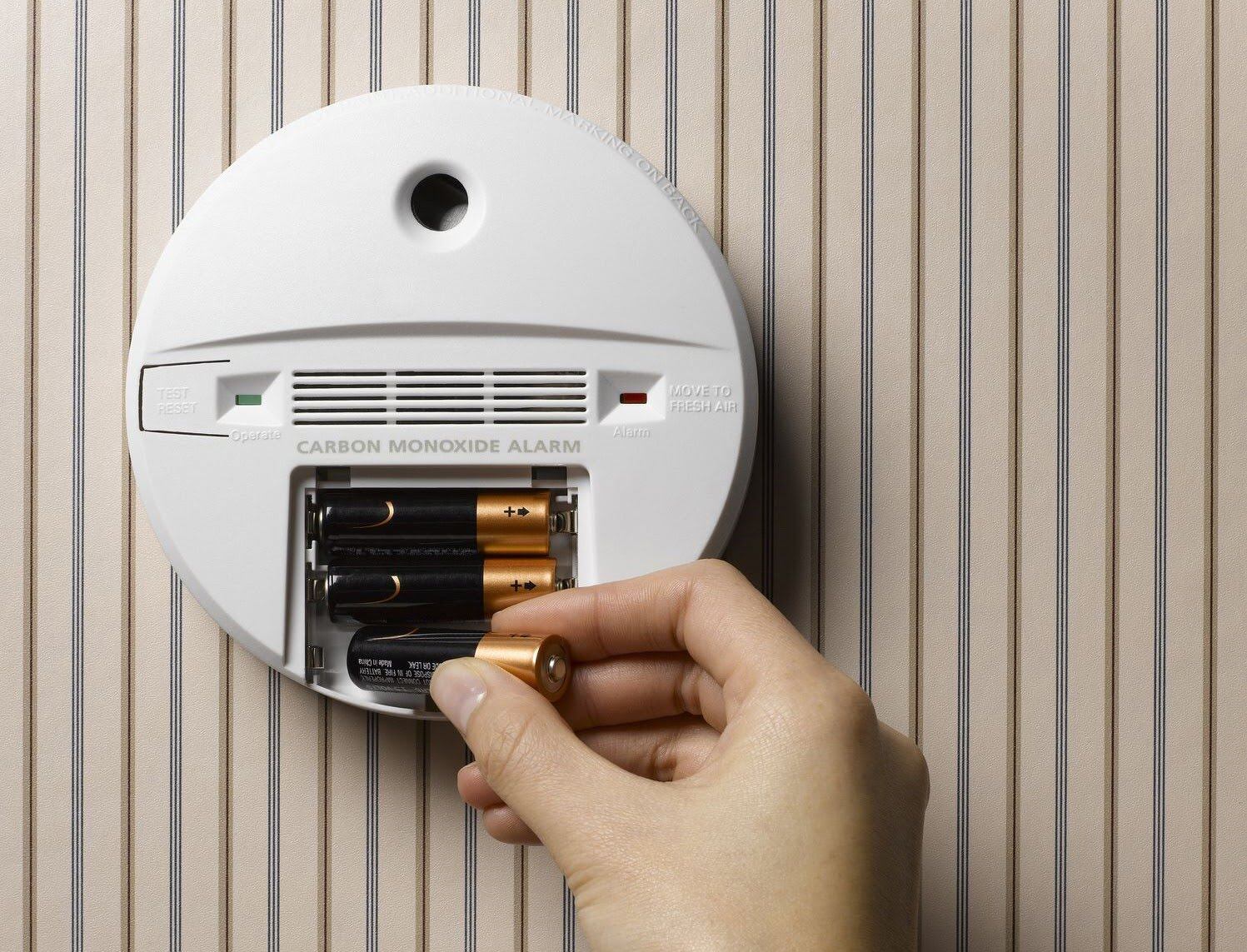
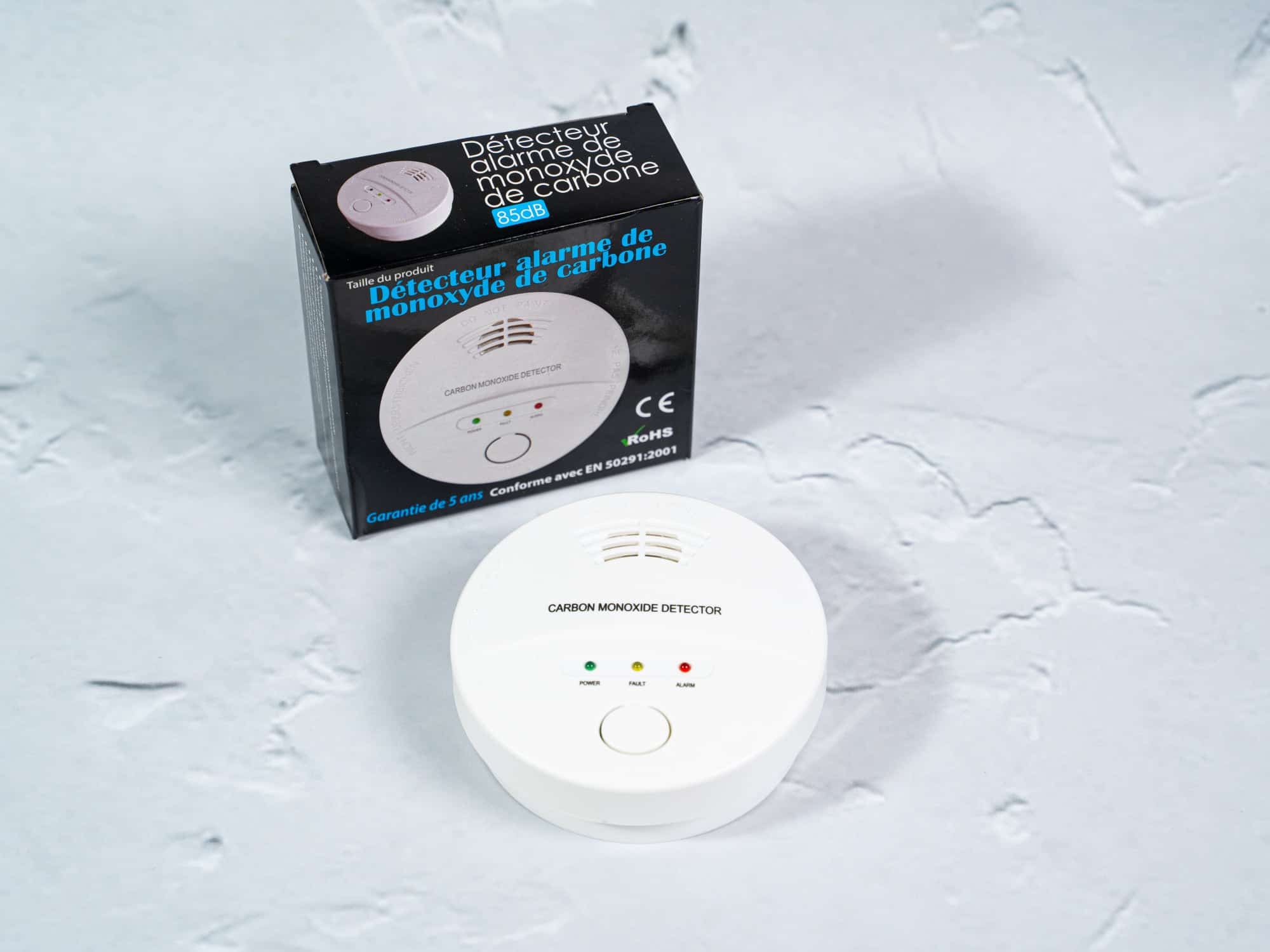
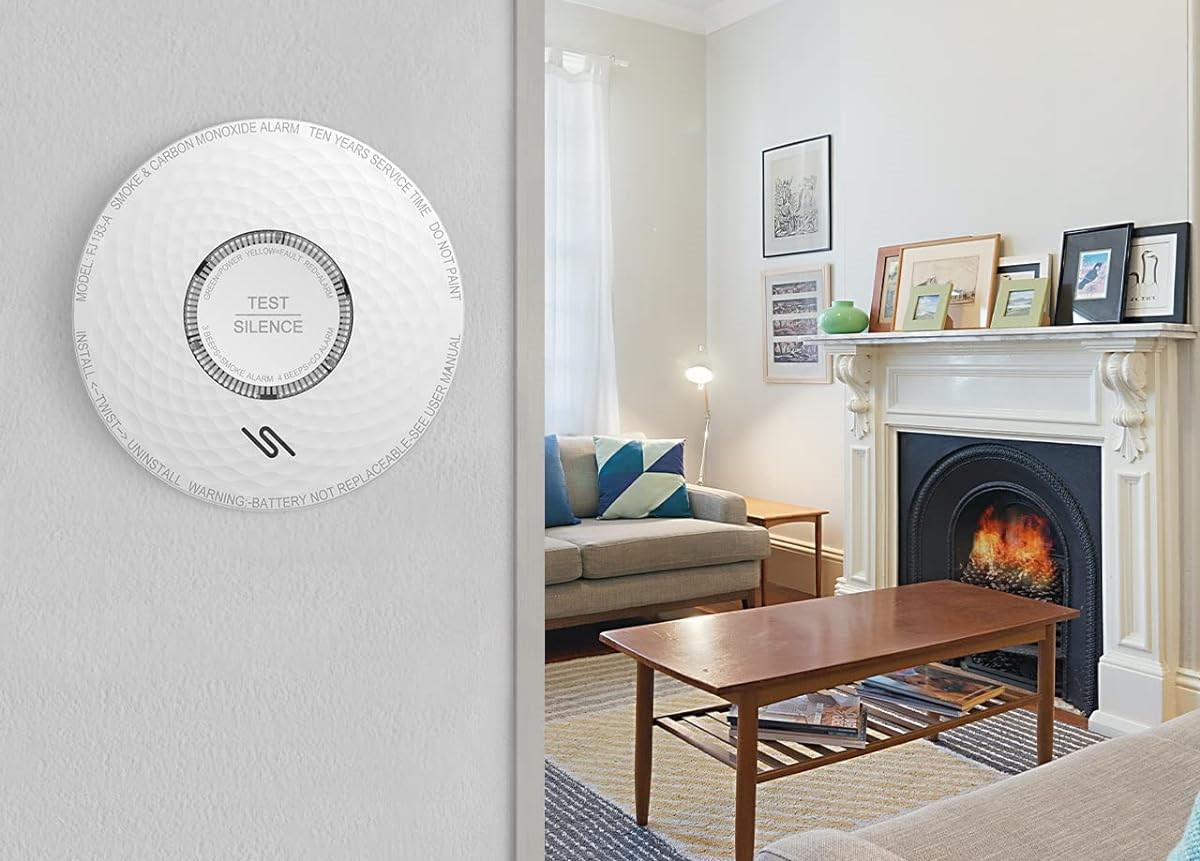
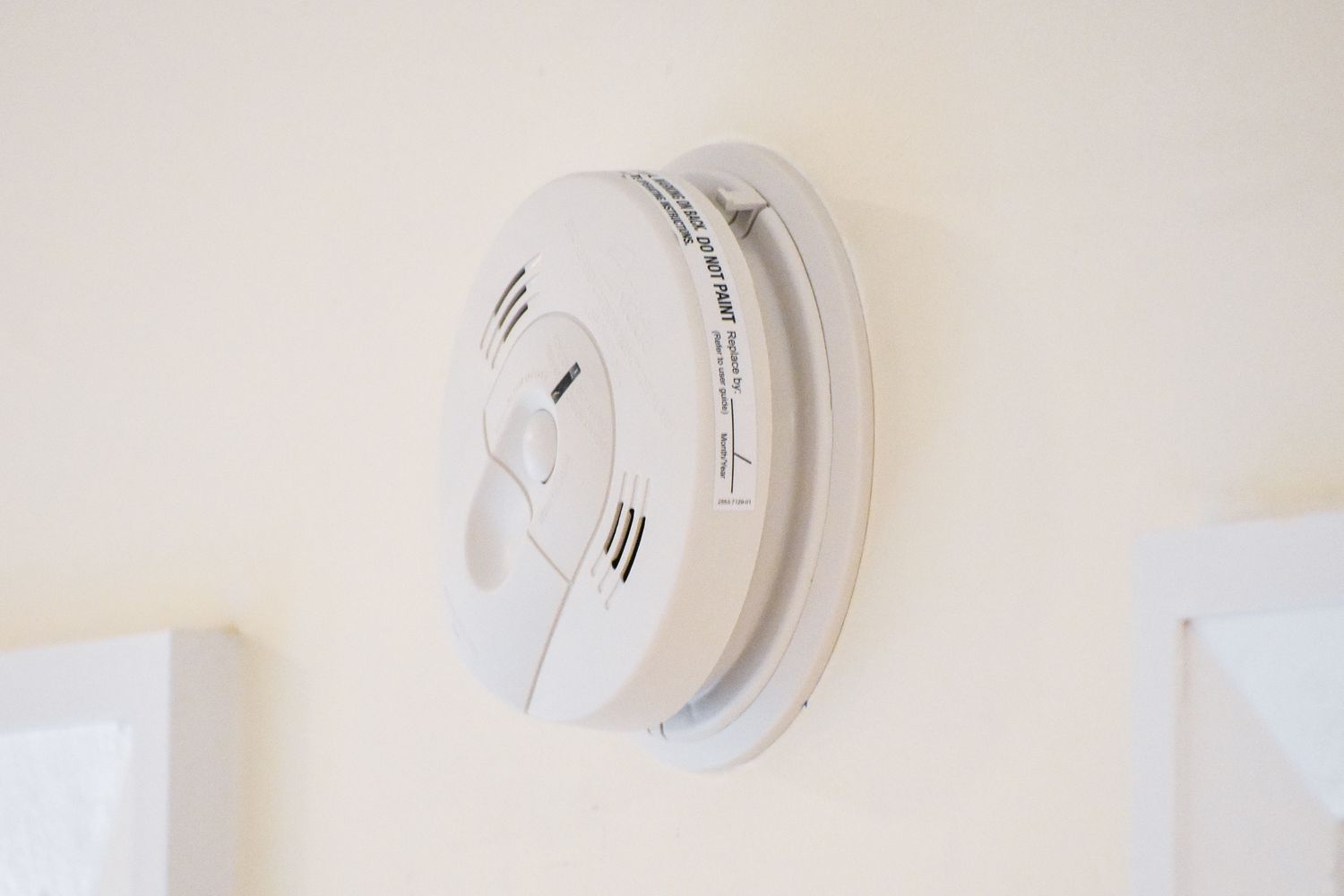
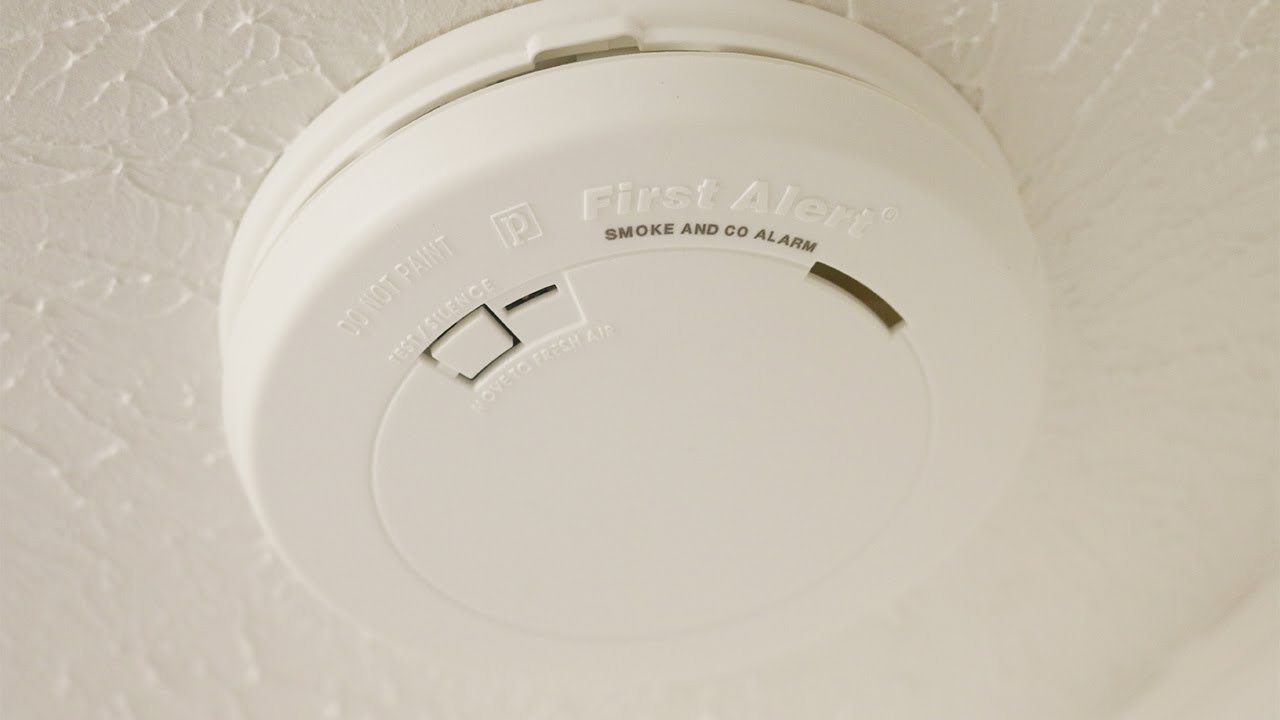
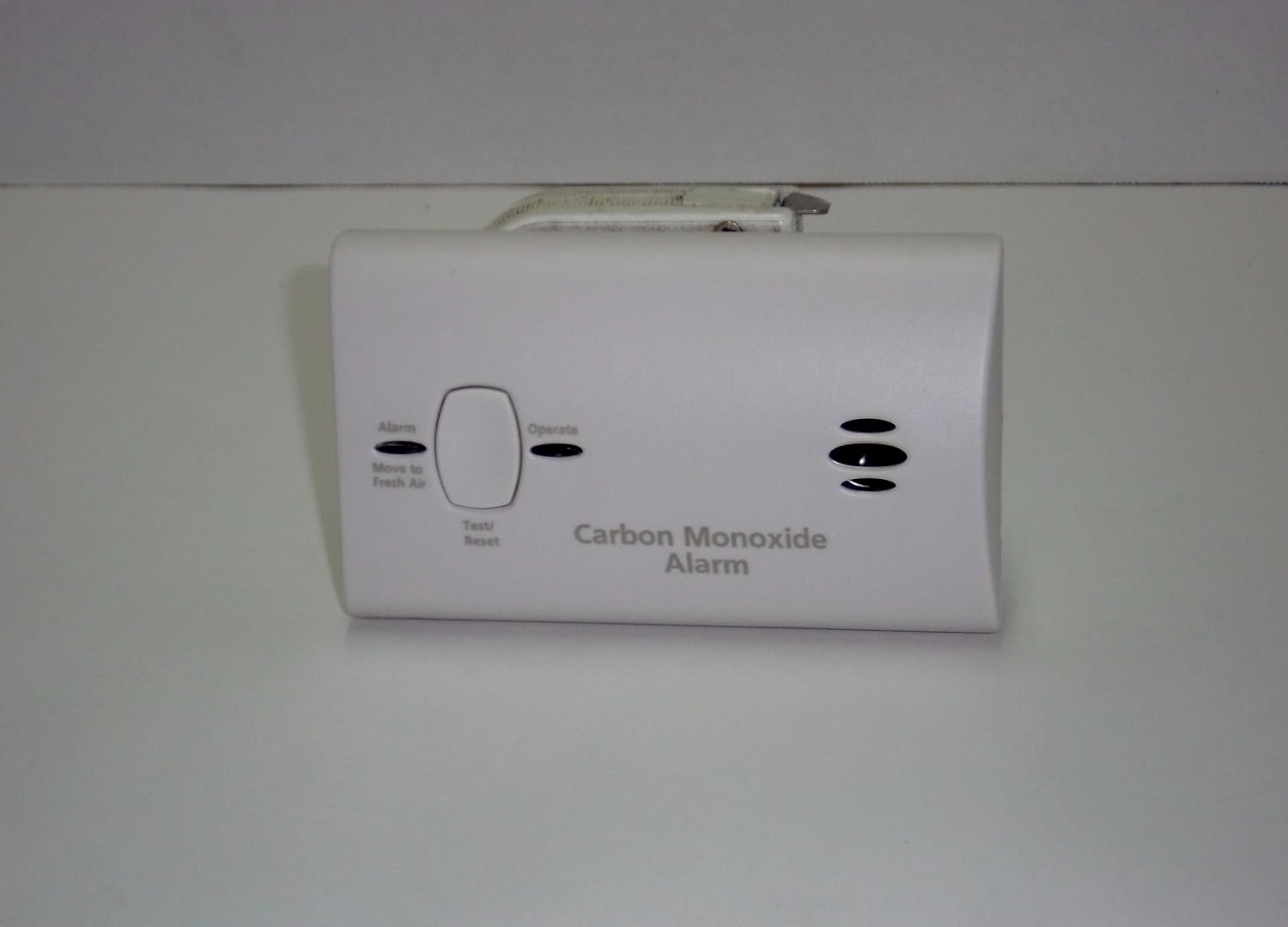

Thank you for all of this useful information it was very helpful. I have lived in this home for 4 plus years and two of our detectors would not stop chirping and had no date as far as when they were installed. After proper battery changes we concluded their life span must have been met and replaced them. We sleep much better now. Thanks again! Oh and as we have seen it is important to mark on them the installation date so your not guessing when they we're installed and you can make an informed decision that there life span has been met.